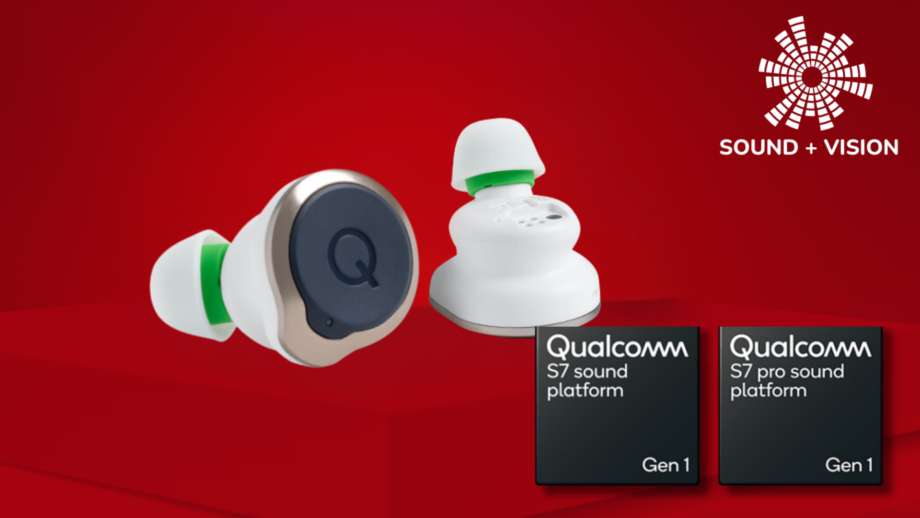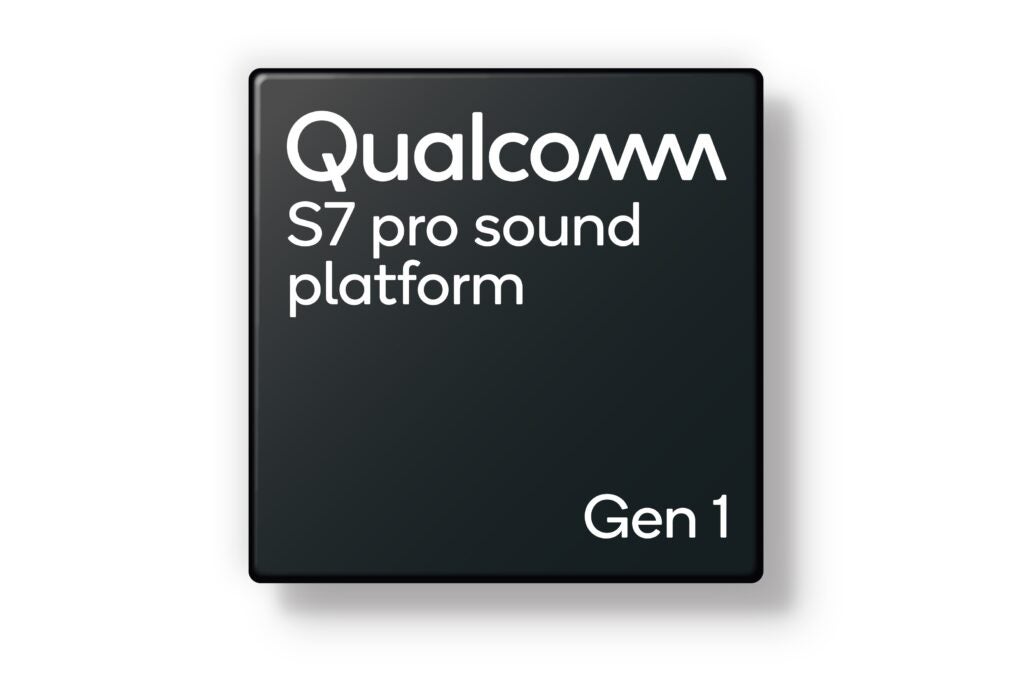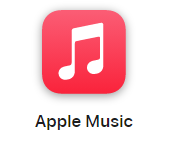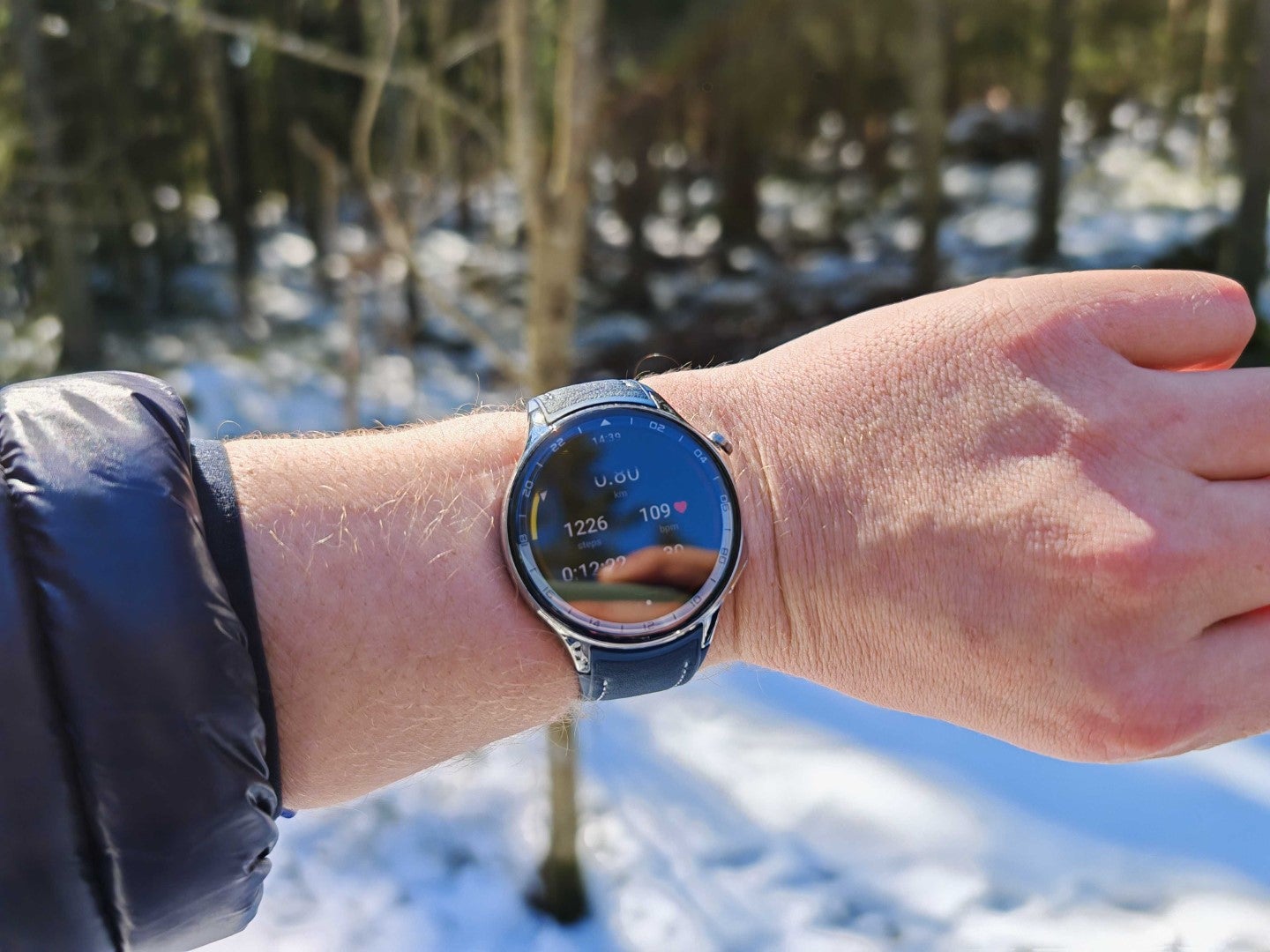Sound and Vision: Can Qualcomm’s Snapdragon platform usher in a new dawn for headphones?

OPINION: Qualcomm caused a bit of a stir at its annual Snapdragon Summit in Hawaii, announcing several new bits of tech that could have a big impact on the future of headphones.
What’s got everyone so excited is the mention of headphones in the same breadth as Wi-Fi. While Bluetooth has been a very convenient wireless technology for mobile and home devices, some are unconvinced, especially if you want a high-fidelity audio performance.
That’s not something that Bluetooth can provide, despite the many advances over the years to increase the amount of data it can carry. Despite some claims of headphones supporting lossless audio over Bluetooth – like the NuraTrue Pro – that’s proven to be rather challenging, since Bluetooth can only really do Hi-Res Audio in lossy rather than true lossless form.
You must understand that for tech brands, Wi-Fi has become increasingly more favourable – whether it’s headphones, soundbars or even TVs. We’ve seen this with tech such as Samsung’s Q-Symphony, LG’s WOW Orchestra, and headphones such as the HED Unity that leverage Wi-Fi to connect to devices or in the case of the Unity, use the Wi-Fi connection point on your mobile device to stream audio directly from your music services.
Which, belatedly, leads me to back Qualcomm’s announcement of its upcoming S7 Pro Platform supporting micro power Wi-Fi connectivity.

In essence, the new chip merges Bluetooth and Wi-Fi connectivity together, seamlessly switching between the two. If you leave your phone somewhere in the house and walk away from it, the earbuds/headphones will switch to the Wi-Fi network, so your music keeps on playing. With this tech, you’ll never be out of range, it won’t drain your battery further, and lossless audio up to 24-bit/192kHz through wireless headphones would be a tangible thing.
I have reservations…
This all sounds great, right? But I’ll be a Debbie Downer and voice a few reservations.
The most obvious one is that you’ll need devices that support Snapdragon Sound for this to be a possibility. While there are plenty of audio brands that do support the Snapdragon platform, not all of them do. Sony has followed its own path with its headphones, as has Apple – that’s a fair chunk of the market that, unless something happens, won’t be including the tech in their headphones.
The second is that this reliant on your home Wi-Fi network, and the way I’ve read it described, is only a possibility if you’re far enough away from your phone for it to switch to the Wi-Fi. How often do people consciously walk away from their phones? For some it seems as if it’s constantly attached to their hip.

Apple Music
Apple Music gives you access to over 100 million songs and 30,000 playlists, ad-free. Listen online or off, across all your devices, and hear sound all around in Spatial Audio with dynamic head tracking. You can now try 1 month for free!
- Apple
- Get 1 month free
- £10.99 p/m
Sure, perhaps the Wi-Fi/Bluetooth blending would work on Wi-Fi networks outside of the home, but anyone who’s experienced the faff of trying to set up Wi-Fi access on the London Underground will know how baffling that process can be.
And the third point is that, while streaming music at 24-bit 48kHz, 96kHz or 192kHz would be great, how many of you listen to music at that quality? Spotify is still the most popular music streaming service, exceeding 200 million paid subscribers, and until Spotify HiFi or Supremium comes along, they’re all listening at 320kbps.
There’s no doubt that what Qualcomm is presenting is a convenient idea, but it does expose a limitation. Like the event I attended earlier in the year when it showed off its S3 Gen 2 dongle that offers low latency performance with gaming and low energy audio performance. The technology on show worked really well, but when it came to the question of who is supporting, there wasn’t much in terms of details Qualcomm could provide. It can only present the technological advances, it can’t force uptake. It’s the old proverb of leading a horse to water, but you can’t make it drink.
So yes, this is an interesting technology with promise, but there’s still some way to go before lossless audio streaming for headphones becomes a reality. If you can’t wait, there’s always wired headphones…








